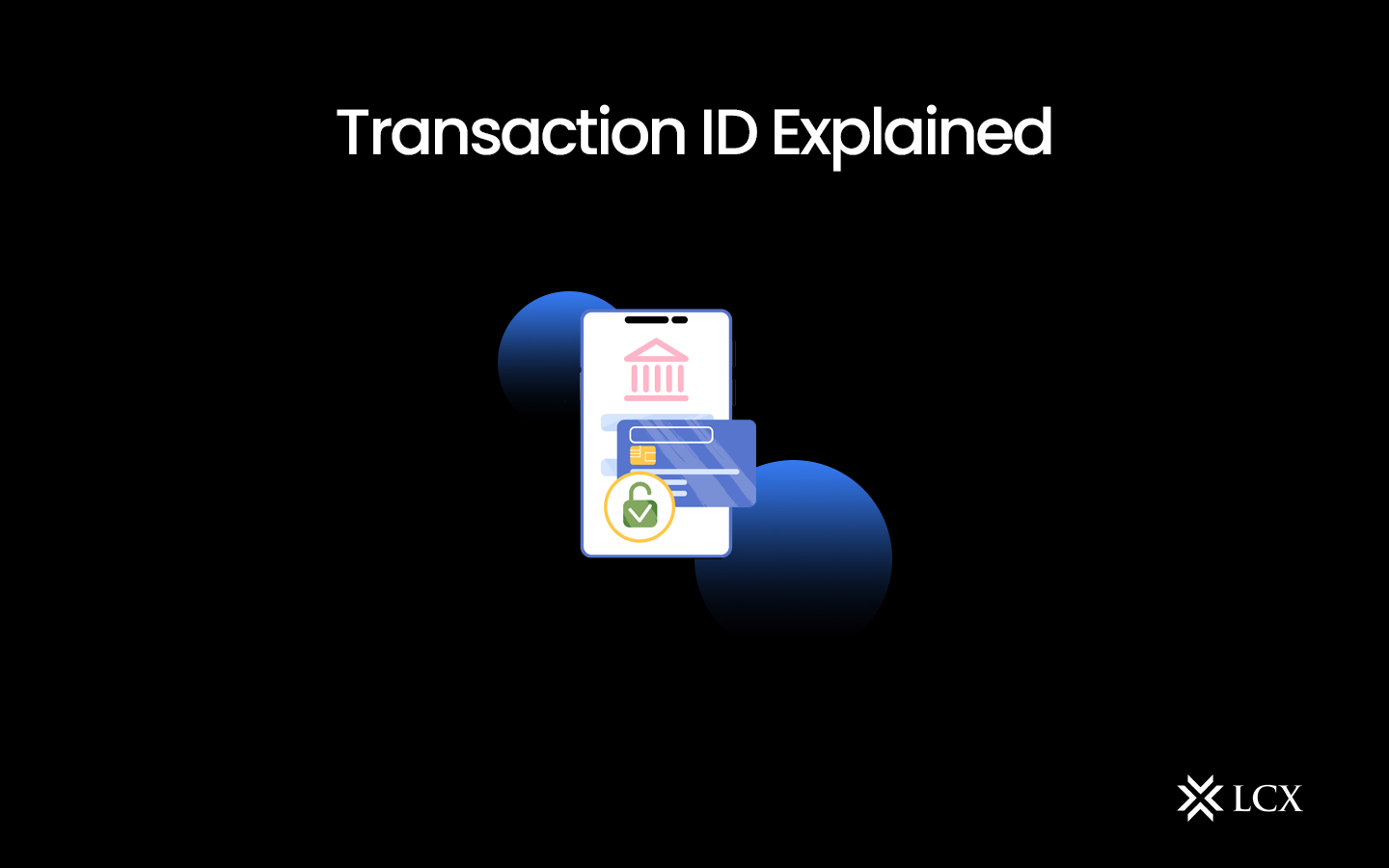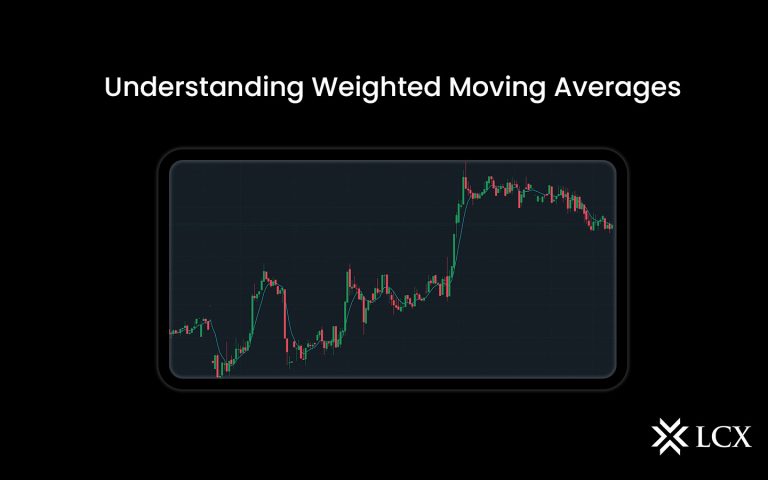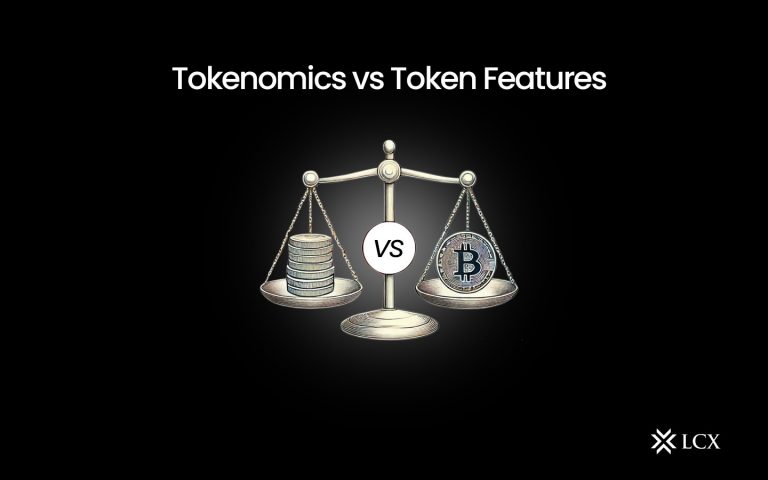In the ever-expanding realm of cryptocurrencies and blockchain technology, the concept of a “transaction hash” stands as a fundamental building block that ensures the integrity and transparency of transactions. Whether you’re a seasoned crypto enthusiast or a newcomer to the space, understanding what a transaction hash is and how to find it is crucial.
What Is a Transaction Hash?
When a cryptocurrency transaction is initiated, it generates a string of letters and numbers known as a transaction hash or transaction ID. It is a unique identifier that is used to monitor a blockchain transaction. Each blockchain transaction is recorded as a block, and each block has a unique hash. The transaction hash is a reference to the block in which the transaction is contained. This alphanumeric string serves multiple purposes:
Uniqueness and Immutability: Each transaction hash is unique to its corresponding transaction, serving as an immutable record of that particular transaction’s details. Once a transaction is included in a block and added to the blockchain, its associated hash becomes an integral part of the network’s history.
Verification: Transaction hashes are vital for verifying the validity of transactions. Anyone can use the hash to cross-reference the transaction’s details, ensuring that no unauthorized changes have occurred.
Traceability: Through transaction hashes, users can easily trace the flow of funds across the blockchain. This transparency enhances the security and accountability of blockchain networks.
Understanding the Transaction Hash Components
A transaction hash might appear as a long string of seemingly random letters and numbers. However, each character in the hash serves a purpose and contributes to its uniqueness. The hash is typically generated using a cryptographic hashing algorithm (such as SHA-256), which takes the transaction data as input and produces the fixed-length hash as output. Any minute change in the input data would result in a vastly different hash output.
Why Is a Transaction Hash Important?
A transaction hash is an integral part of all cryptocurrency transactions. It provides a means to monitor the transaction’s progress and confirm its completion. The hash is used to verify that the transaction has been added to the blockchain, and it can be used to view the transaction details on a blockchain explorer.
The transaction hash also functions as a transaction record. It includes the sender and recipient’s addresses, the quantity of cryptocurrency sent, and any additional information, such as a memo or destination tag. This information is essential for monitoring and validating the transaction.
How to Find a Transaction Hash
Locating a transaction hash might seem daunting at first, but with a basic understanding of blockchain explorers and wallet interfaces, the process becomes straightforward. Here’s how you can find a transaction hash:
- Using Blockchain Explorers:
Blockchain explorers are web-based tools that allow users to view real-time data and information about transactions, addresses, blocks, and more on a specific blockchain. Here’s a step-by-step guide to finding a transaction hash using a blockchain explorer:
Choose a Blockchain Explorer: Different cryptocurrencies have their own blockchain explorers. For instance, Ethereum has Etherscan, Bitcoin has Blockchain.com, and Binance Smart Chain has BscScan. Open your preferred blockchain explorer in your web browser.
Locate the Transaction Search Bar: On the explorer’s homepage, you’ll typically find a search bar dedicated to transactions. It might be labeled as “Search,” “Search Transactions,” or something similar.
Enter Transaction Details: Enter relevant information to identify the transaction you’re looking for. This might include sender or receiver addresses, transaction amounts, or timeframes.
Find the Transaction Hash: Once you’ve entered the necessary details and initiated the search, a list of matching transactions will appear. Locate the specific transaction you’re interested in, and you’ll find its associated transaction hash among the displayed information.
- Through Wallet Interfaces:
Many cryptocurrency wallets also provide transaction history, including transaction hashes, within their user interfaces. Here’s how to find a transaction hash using a wallet:
Log into Your Wallet: Open your cryptocurrency wallet application or log into your wallet’s web interface.
Access Transaction History: Navigate to the transaction history section of the wallet. This might be labeled as “Transactions,” “History,” or something similar.
Locate the Transaction: Find the specific transaction you’re interested in within the transaction history list.
View Transaction Details: In most wallets, clicking on a transaction will display additional details about that transaction, including the transaction hash.
Conclusion
Transaction hashes play a pivotal role in the world of cryptocurrencies and blockchain technology. They provide a means of verifying transactions, ensuring transparency, and maintaining the integrity of the blockchain network. By understanding what transaction hashes are and how to locate them using blockchain explorers or wallet interfaces, users can confidently engage in the crypto space, knowing they have the tools to verify and track their transactions. So, whether you’re sending funds to a friend or exploring the history of a decentralized application, transaction hashes are your gateway to a secure and transparent blockchain experience.










